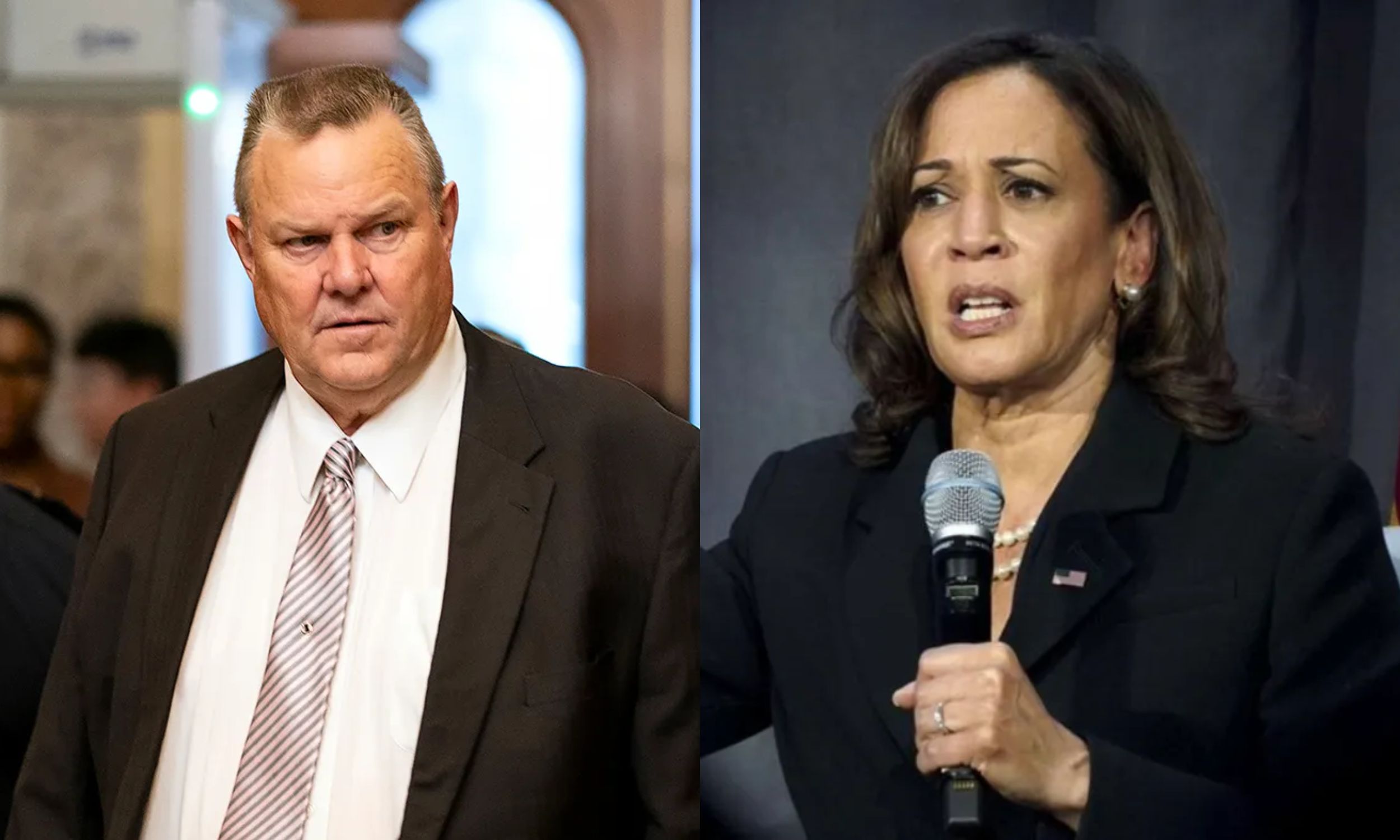Democratic Senator Jon Tester (Mont.) is distancing himself from the newly announced Harris-Walz ticket despite a fiercely competitive reelection battle that could impact Senate control.
While Tester expressed support for Vice President Harris when she joined President Biden’s ticket in 2020, he has avoided endorsing her 2024 presidential bid. Recently, he refrained from participating in a virtual roll call where Montana’s Democratic delegates voted to nominate Harris. Additionally, Tester is anticipated to miss the upcoming Democratic National Convention, despite the growing enthusiasm for Harris and her running mate, Minnesota Governor Tim Walz.

In response to his precarious position, Tester has established a “Republicans for Tester” initiative to garner bipartisan support. This move highlights the challenging political environment in Montana, a state that Trump won decisively in 2020.
“Aligning oneself with what opponents might label as a liberal ticket could be detrimental in a state like Montana,” noted Democratic strategist Fred Hicks. “Given the narrow margins in the Senate, it is crucial for Tester to avoid providing his opponents with extra ammunition.”
Democrats are optimistic about maintaining their Senate majority, but losing Tester’s seat would be a setback, especially as Republicans target it alongside other key states. Polls show Tester in a tight race against Republican newcomer Tim Sheehy, with recent surveys indicating Sheehy leading by 2 points.
A Decision Desk HQ forecast suggests a challenging path for Tester, with a 77 percent chance of Sheehy winning the race. The Cook Political Report categorizes the Montana seat as a “toss-up.”
Tester’s absence from national events is a strategy to avoid framing his campaign as part of a broader national contest. This approach is designed to focus attention on his local record and not give his opponents additional leverage.
Having abstained from supporting Harris during the nomination process, Tester aims to shift the narrative away from national issues and emphasize his work for Montana. This strategy contrasts sharply with Sheehy’s embrace of Trump’s endorsement, illustrating the distinct campaign paths taken by the candidates.
Trump’s campaign in Montana includes a push to highlight Tester’s perceived liberal alignment, while Tester seeks to appeal to Republican voters by presenting himself as a moderate. Despite these efforts, the political dynamics in Montana remain highly contentious as the election approaches.


